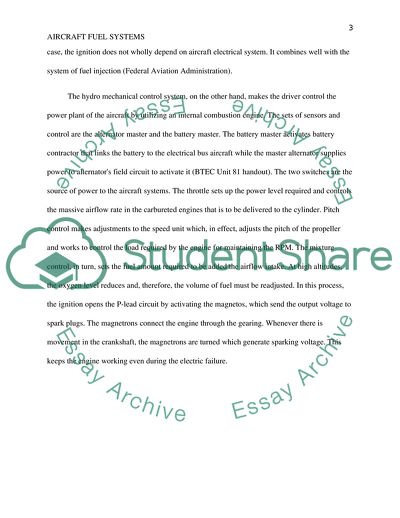Cite this document
(Aircraft Fuel System Report Example | Topics and Well Written Essays - 1750 words, n.d.)
Aircraft Fuel System Report Example | Topics and Well Written Essays - 1750 words. https://studentshare.org/physics/1767985-aircraft-fuel-systems-fadec
Aircraft Fuel System Report Example | Topics and Well Written Essays - 1750 words. https://studentshare.org/physics/1767985-aircraft-fuel-systems-fadec
(Aircraft Fuel System Report Example | Topics and Well Written Essays - 1750 Words)
Aircraft Fuel System Report Example | Topics and Well Written Essays - 1750 Words. https://studentshare.org/physics/1767985-aircraft-fuel-systems-fadec.
Aircraft Fuel System Report Example | Topics and Well Written Essays - 1750 Words. https://studentshare.org/physics/1767985-aircraft-fuel-systems-fadec.
“Aircraft Fuel System Report Example | Topics and Well Written Essays - 1750 Words”. https://studentshare.org/physics/1767985-aircraft-fuel-systems-fadec.


